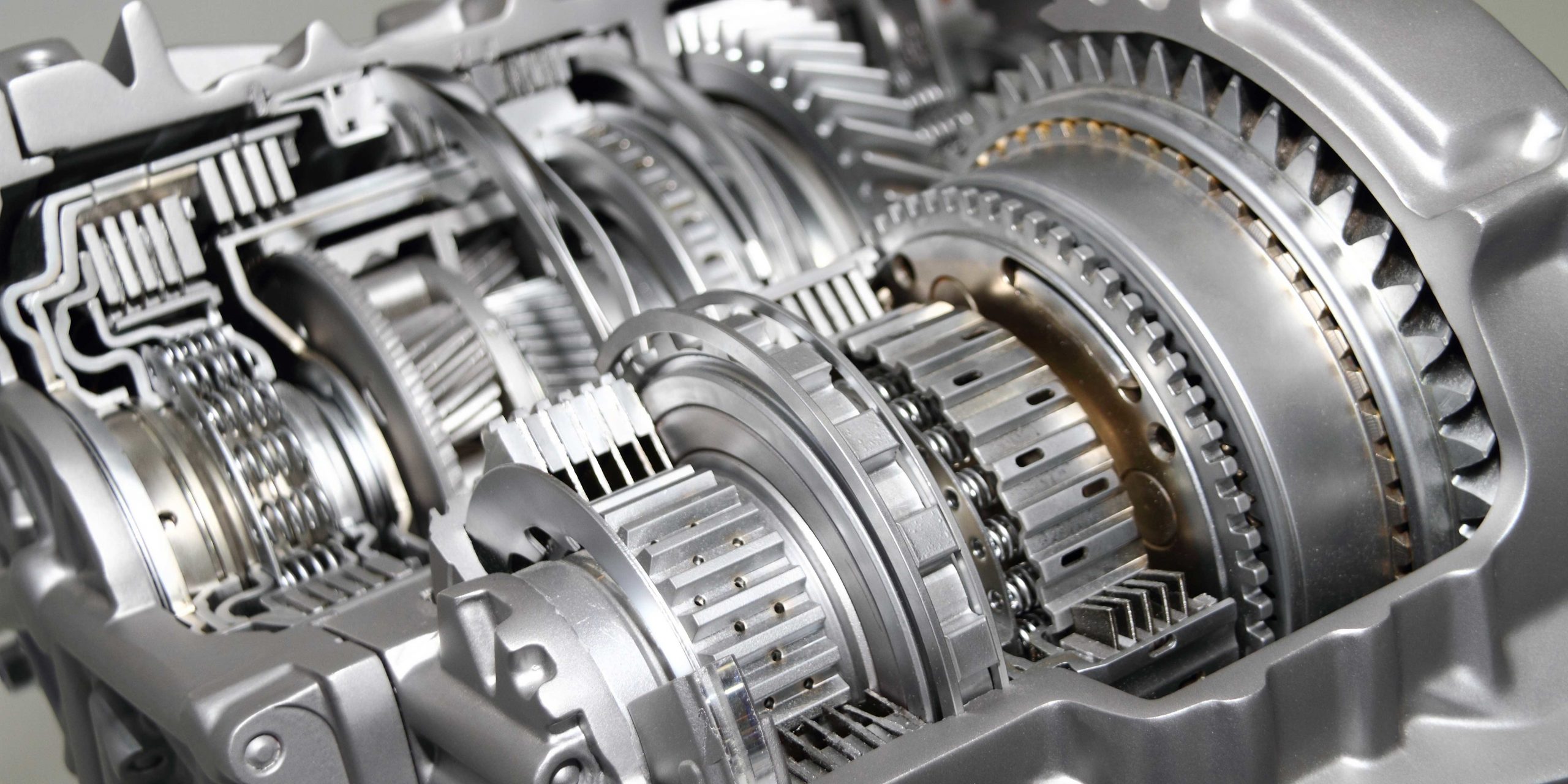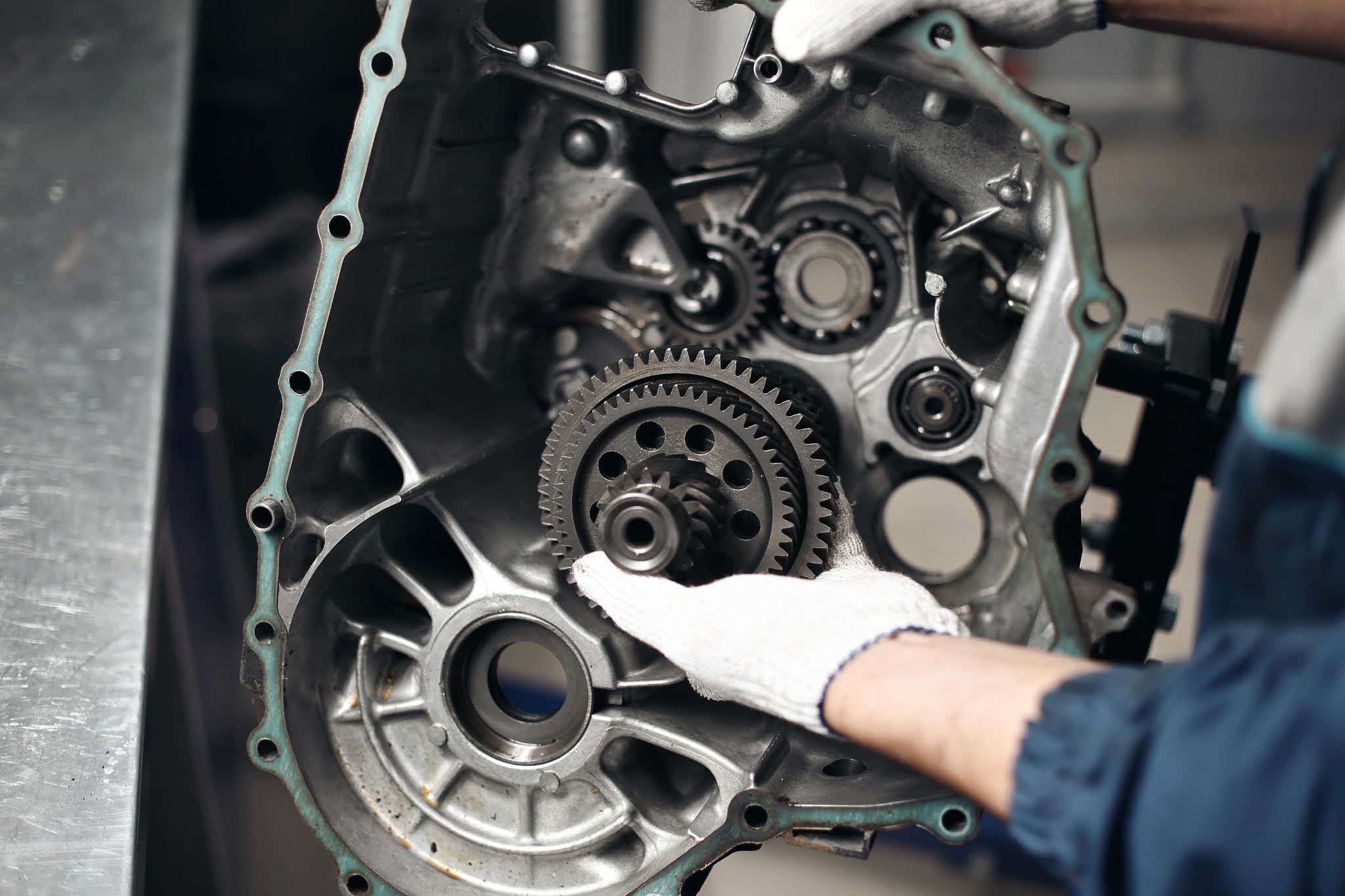Triad Area Transmission Shop: Your Entrance to Dependable and Efficient Solution
Triad Area Transmission Shop: Your Entrance to Dependable and Efficient Solution
Blog Article
Usual Indications of Transmission Problems and What You Can Do About Them
Transmission issues in lorries can trigger considerable aggravation and potential security threats. Identifying the usual signs of transmission issues can assist you resolve them without delay and stay clear of further damages or pricey repair work.
Odd Sounds
One common sign of transmission issues is the incident of strange noises, which can show underlying issues that require immediate focus. These unusual audios can differ in nature and intensity, and they usually offer as a caution indication that something is wrong with your automobile's transmission system.
One of the most common odd noises connected with transmission problems is a grinding sound. This audio normally takes place when moving equipments and can show worn-out equipments or a lack of transmission fluid. Neglecting this noise can result in further damage to the transmission system, causing pricey repairs.
It can indicate reduced transmission fluid levels or a stopping working pump. Resolving this issue without delay can protect against more damage to the transmission and prolong its lifespan.

Finally, a clunking or banging noise can likewise be a reason for worry. This sound is commonly listened to when shifting gears or throughout velocity and deceleration. It can indicate damaged or damaged transmission places, which can cause the transmission coming to be misaligned or disconnected.
Difficulty Shifting Gears
If you experience difficulty moving gears in your vehicle, it may be an indication of transmission problems. Trouble changing equipments can manifest in various means, such as grinding, slipping, or doubt when changing equipments. This issue can happen in both automatic and hands-on transmissions and must not be disregarded, as it may result in additional damages and costly repair services if not attended to immediately.
One feasible root cause of problem moving gears is low transmission fluid levels. Not enough fluid can prevent the smooth operation of the transmission, making it tougher to involve the equipments appropriately. transmission shop Triad Area. Inspecting the fluid degree and including even more if necessary may alleviate the trouble.
Another potential offender is a used clutch or clutch components in manual transmissions. In time, the clutch can end up being worn, resulting in difficulties in moving equipments smoothly. In such cases, replacing the worn clutch or its components might be needed to restore correct moving.
In transmissions, difficulties shifting gears can be triggered by concerns with the shutoff body or solenoids. The shutoff body manages the circulation of transmission liquid, while the solenoids control the stress needed for equipment changes. If these elements end up being defective, it can cause equipment moving troubles. In such instances, looking for expert assistance is recommended to deal with the issue and identify.
Burning Scent
A burning smell is a clear indication of prospective transmission issues. If you notice a burning scent originating from your automobile, it is necessary not to ignore it as maybe an indicator of a severe concern with your transmission. The transmission is in charge of moving power from the engine to the wheels, and any kind of issues with it can impact the performance and safety and security of your automobile.
There are numerous possible reasons for a burning smell in your transmission. One common cause is overheating, which can occur as a result of reduced transmission liquid degrees or a malfunctioning cooling system. Rubbing in between the moving parts of the transmission can likewise generate heat and cause a burning scent. Additionally, damaged clutch plates or slipping clutches can produce a burning odor.
If you identify a burning odor, it is critical to attend to the problem promptly. Ignoring it can result in additional damages to your transmission and costly repairs. The initial step is to inspect the transmission liquid level and condition. If it is reduced or has a burnt smell, it may be required to change or fill up the fluid. If the issue lingers, it is suggested to seek expert help from a certified technician who can diagnose and repair the underlying problem. Keep in mind, very early detection and intervention can avoid more considerable issues down the line.
Fluid Leaks
Fluid leaks are a typical indication of transmission problems and should be addressed quickly to prevent more damages. Transmission fluid plays a crucial function in the smooth operation of an automobile's transmission system.
Recognizing a transmission liquid leak is reasonably easy. One of the most evident signs is the visibility of brown or red fluid puddles below the automobile. The liquid may have a distinct charred smell or a wonderful odor, depending on the kind of transmission fluid used. In addition, reduced transmission liquid degrees can create issues such as sliding equipments, delayed or erratic changing, or odd sounds coming from the transmission.
When encountered with a fluid leak, it is important to take prompt activity. Disregarding the problem can bring about extensive damages and pricey repairs. The first action is to situate the source of the leakage. Typical locations where leaks take place include the transmission frying pan gasket, result shaft seal, input shaft seal, and transmission colder lines. When the source is identified, it is recommended to seek advice from a specialist auto mechanic to identify the best course of action.

Postponed Engagement
One typical indication of transmission problems is a delayed engagement, which can be an indication of underlying issues that call for instant interest. Postponed involvement describes the hold-up check this experienced when shifting equipments or when the lorry takes longer than common to reply to the motorist's site here input. This can materialize as a hesitation or a jerking activity when trying to speed up from a total stop.
There are a number of potential causes for delayed interaction. One possibility is reduced transmission liquid levels, which can stop the transmission from running appropriately. One more reason can be put on or harmed clutch plates, which may require substitute. Furthermore, a faulty solenoid or a malfunctioning valve body can likewise lead to delayed engagement.
If you're experiencing postponed interaction, it is essential to resolve the concern without delay. Neglecting it can result in additional damage to the transmission and much more costly fixings down the line. The primary step is to inspect the transmission fluid degrees and ensure they go to the ideal level. If the liquid is reduced, adding more may deal with the concern. If the problem continues, it is suggested to get in touch with a professional technician that can diagnose and fix the underlying cause of the postponed engagement.
Conclusion
To conclude, knowing typical signs of transmission problems such as unusual sounds, difficulty changing equipments, burning odor, fluid leakages, and delayed interaction is important for keeping a well-functioning car. By without delay addressing these problems, individuals can stop further damage and costly fixings. When required will ensure the smooth procedure of the transmission and prolong the lifespan of the automobile., routine upkeep and looking for specialist support.
It can signify broken or worn-out transmission installs, which can lead to the transmission becoming misaligned or disconnected. (transmission shop Triad Area)
Transmission fluid plays additional hints an essential role in the smooth procedure of a lorry's transmission system. Additionally, reduced transmission liquid degrees can cause problems such as slipping equipments, delayed or erratic moving, or weird noises coming from the transmission.
Common areas where leakages occur consist of the transmission pan gasket, result shaft seal, input shaft seal, and transmission cooler lines. One possibility is reduced transmission liquid levels, which can protect against the transmission from operating correctly.
Report this page